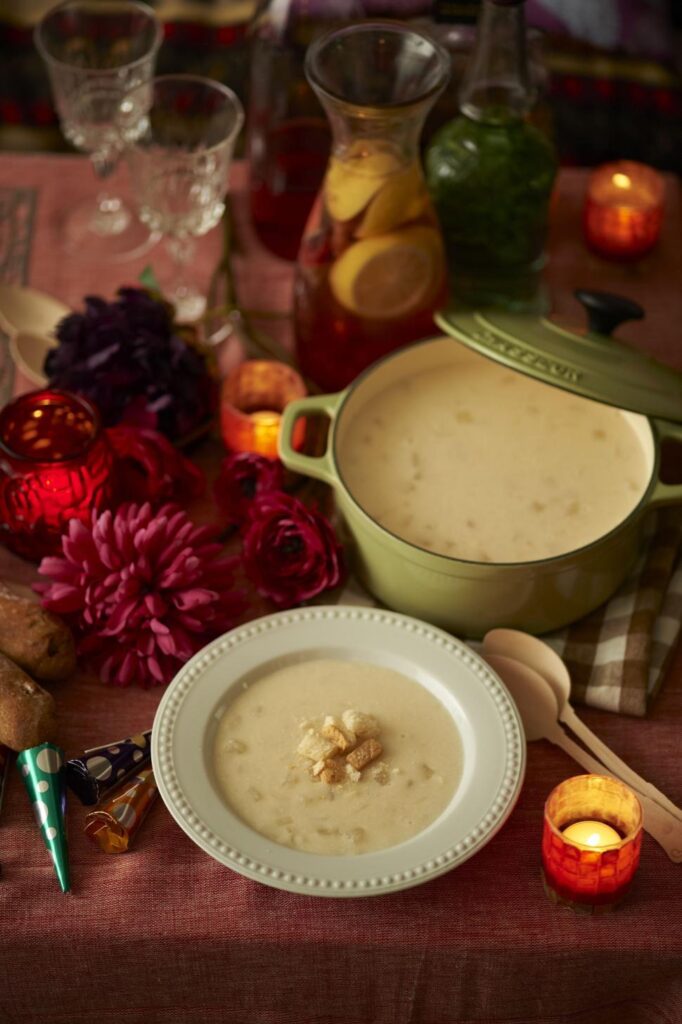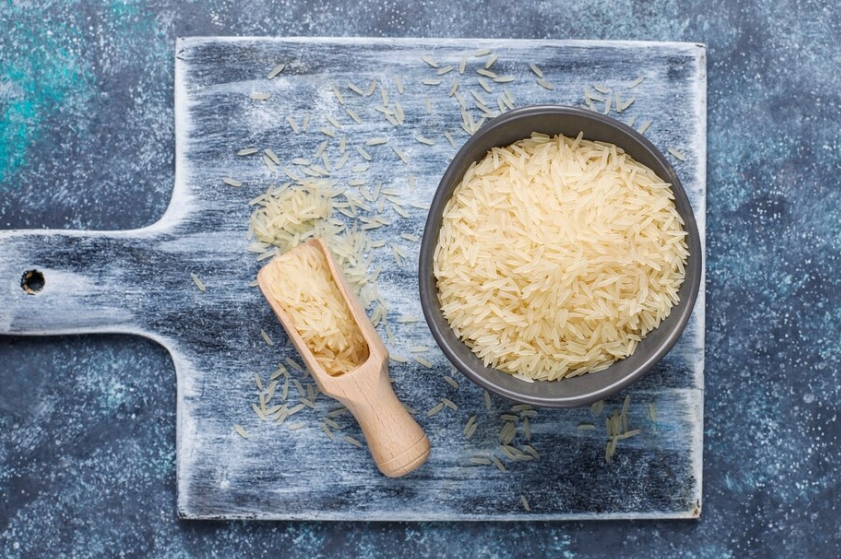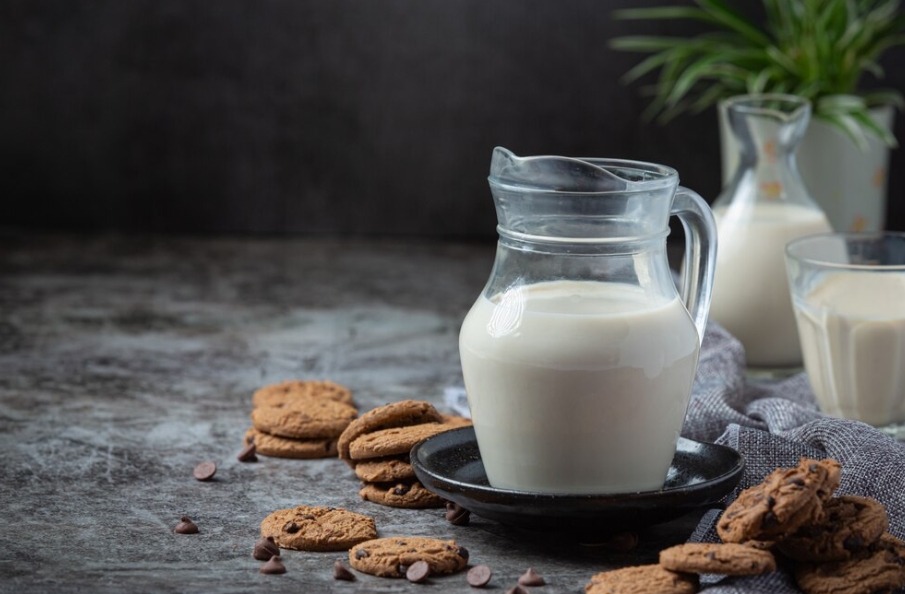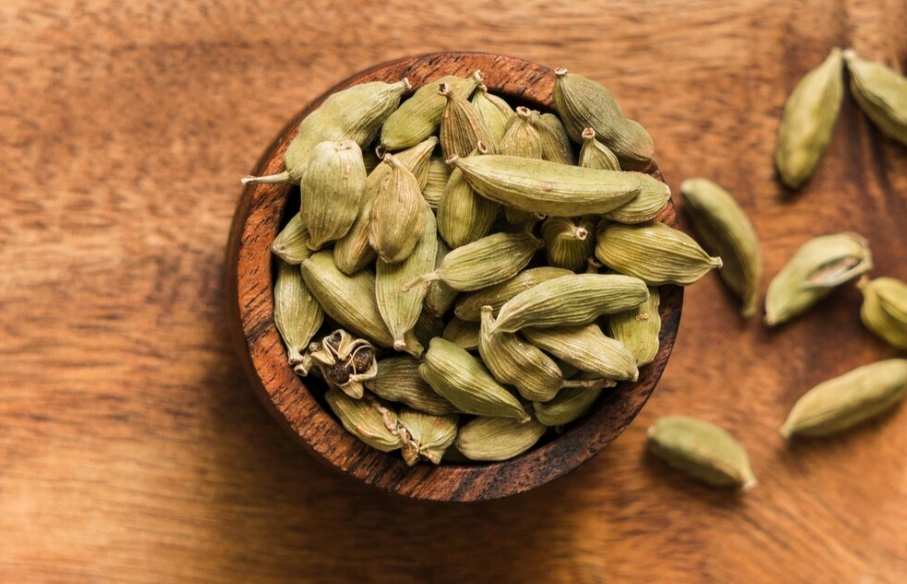More than just a dessert, kheer is a generation-spanning custom made from an ethereal mixture of rice, milk, and sugar. Kheer, which has profound cultural origins in India, has been served at both royal feasts and everyday kitchens. Its simplicity is powerful; each spoonful evokes memories of happy festivities, family get-togethers, and festivals. With each taste, the comforting, creamy texture—dotted with crisp raisins and nuts—feels like a warm hug.
What You Can Learn From This Recipe?
This recipe shows you how to temper milk to make a flawlessly creamy base, as well as how to simmer and layer flavors.
What I Love About This Recipe?
What I love most about Kheer is how versatile it is. It’s perfect for any season and any event, whether it’s warm on a cold night or cold on a hot summer day.
What’s the Best Way to Store Leftovers?
Kheer can be kept in the fridge for up to two days in an airtight container. Gently reheat, adding a little milk to bring back the creamy smoothness.
What to Serve With It?
Kheer can be served as a stand-alone dessert or combined with flaky parathas or crunchy puris for a rich dinner. A delicious side dish is a steaming cup of masala chai.
Kheer (Indian Rice Pudding): For All Celebrations
Description
Indian rice pudding, or kheer, is a classic and beloved dessert that is served at festivals, celebrations, and regular meals all over South Asia. It captures the richness of Indian hospitality with its rich and creamy texture, gently spiced with cardamom, and adorned with almonds and raisins. This adaptable dish is ideal for any occasion because it can be eaten warm or cold.
Kheer Ingredients:
Instructions
Preparing the Rice
-
- Rinse the rice thoroughly under cold water until the water runs clear.
- Soak the rice in water for 15-20 minutes, then drain and set aside.
Cooking the Kheer
-
- In a heavy-bottomed pot, bring the milk to a gentle boil over medium heat.
- Stir occasionally to prevent it from scorching.
- Once boiling, reduce the heat to low, add the soaked rice, and stir.
- Let the rice cook in the milk, stirring frequently to prevent sticking, for about 20-25 minutes or until the rice is soft and the milk has thickened.
Sweetening and Flavoring
-
- Add the sugar and crushed cardamom pods to the cooked mixture.
- Stir well to dissolve the sugar completely.
- Toss in the chopped nuts and raisins, reserving a few for garnish.
- If using, soak saffron strands in a tablespoon of warm milk and add this along with rose water for enhanced flavor and color.
Finishing Touch
-
- Continue simmering the kheer for another 5-10 minutes until it reaches your desired consistency.
- Remove from heat and allow it to cool slightly before serving.
Nutrition Facts
Servings 6
- Amount Per Serving
- Calories 250kcal
- % Daily Value *
- Total Fat 9g14%
- Total Carbohydrate 34g12%
- Dietary Fiber 1g4%
- Sugars 20g
- Protein 6g12%
* Percent Daily Values are based on a 2,000 calorie diet. Your daily value may be higher or lower depending on your calorie needs.
Note
- Basmati rice lends a wonderful fragrance, but any white rice works well.
- Adjust the sugar to suit your taste preferences.
- Garnish with extra nuts and saffron for a festive touch.
Journey of Kheer (Indian Rice Pudding)
More than just a delicious delicacy, kheer, a dessert that epitomizes Indian culinary traditions, is a tale of tradition, devotion, and community. Through its creamy, fragrant appeal, kheer has brought people together over generations, bridging cultural and geographic divisions.
Historical Context
Kheer has its origins in ancient India, when it was considered a sacred sacrifice. It was made at temples as a prasad (holy food) for the gods and given to worshippers; it is called "payasam" in Sanskrit. Kheer, a symbol of wealth and purity, is mentioned in rites and feasts in ancient writings such as the Upanishads and Puranas. Kheer was a food of spiritual significance in those days since rice, milk, and jaggery were revered ingredients.
The varieties of kheer expanded along with the expansion of Indian kingdoms. During the Middle Ages, the inclusion of dry fruits, saffron, and rose water was brought about by Persian and Mughal influences, giving the meal opulent flavors. It became a mainstay in royal kitchens, where chefs used unusual ingredients like almonds and pistachios to increase its rank.
Evolution Across Regions
One of Kheer's most appealing features is its versatility. There are numerous versions of this dish found throughout the Indian subcontinent, each of which reflects regional ingredients and customs.
South India: Known as payasam, this variation frequently incorporates coconut milk and jaggery, giving the food a rich, tropical sweetness.
West Bengal: The Bengali version, Payesh, adds date palm jaggery in the winter to give it a unique flavor.
North India: Here, kheer is usually enhanced with milk, sugar, and cardamom and topped with a heaping helping of raisins and almonds.
Kheer's widespread appeal is further demonstrated by the fact that it has parallels in other cuisines, such as the British rice pudding and the Persian shir berenj.
Key Ingredient Significance
In Indian culture, the three main ingredients—milk, rice, and sugar—stand for sweetness, abundance, and nourishment. The patience and attention to detail required in traditional Indian cooking are reflected in the slow cooking process, where the milk thickens and absorbs the starch from the rice.
Often used to flavor kheer, cardamom, saffron, and rose water offer depth of aroma and a festive feel. Richness and texture are added by nuts and raisins, turning this simple dish into a decadent treat.
Modern Appeal
Kheer was as common in ancient temples as it is in contemporary kitchens. Warm at winter festivities or cooled as a cool summer dessert, its adaptability makes it appropriate for a number of settings. Kheer frequently graces birthdays, anniversaries, and special family meals in modern Indian homes.
Additionally, the dish has been included into global fusion cuisine. To appeal to health-conscious consumers while maintaining the dish's flavor, chefs experiment with quinoa, oats, or even chia seeds. Almond or coconut milk-based vegan variants are becoming more popular among a variety of dietary groups.
Fun Facts About Kheer
"Kheer" comes from the Sanskrit word "ksheer," which means milk.
It is thought that kheer was served at the fabled feasts that the Mahabharata recounts.
Payasam's cultural significance is demonstrated by the fact that it is an essential component of the sadya (feast) during Kerala's Onam festival.
A global record was set in 2010 when Andhra Pradesh, India, produced the largest kheer in the world, weighing over 14,000 kg!
A Dish That Binds Generations
Making kheer together with family members often results in lifelong memories. Kheer becomes ingrained in family customs through grandmothers pouring milk in heavy-bottomed pots, kids anticipating their first mouthful, and the enticing perfume filling the air.
This dessert encourages us to sit down, enjoy the warmth it provides, and see the beauty of basic ingredients—even in today's hectic world. It serves as a reminder that food is a means of love and connection in addition to being a source of nourishment.
Know that you are carrying on a timeless tradition of coziness and warmth when you make kheer in your kitchen.
We appreciate your participation in this delightful exploration of the magic and history of kheer!









